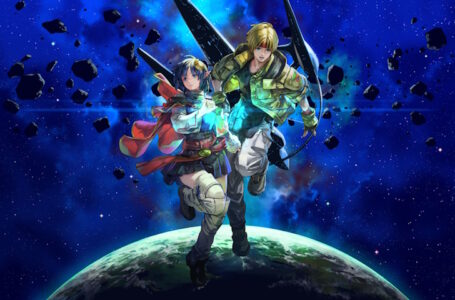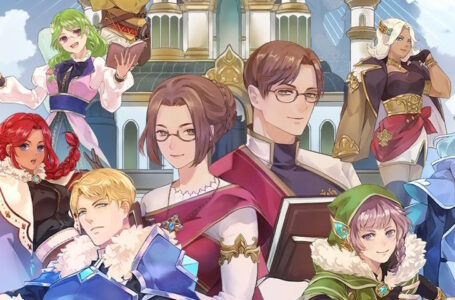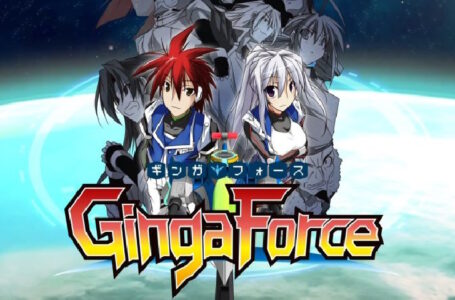6 of the best Japanese games on Xbox 360
For some reason best known only to the chaotic gods of social media “Xbox 360” is currently trending on Twitter. In the interests of keeping our collective fingers on the pulse of mainstream gaming, I thought it might be a good time to celebrate some of the best Japanese games on Xbox 360 — with a particular focus on some of the more overlooked, underappreciated titles.
Yes, Japanese Xbox 360 games existed. Although the Xbox 360 developed something of a reputation as a “dudebro” console thanks to the proliferation of online multiplayer shooters — and particularly the meteoric rise of the Call of Duty series — there’s still plenty of Japanese goodness to be found on the platform.
So if you’re a Japanese gaming fan looking for some new experiences, grab yourself a cheap 360 if you don’t already have one — because you can bet your arse a fair few of these will never work on the software-based “backwards compatibility” on newer Xboxes — and score yourself a few bargains down your local second-hand gaming emporium. Many of these can be grabbed for just a few quid these days… with a few notable exceptions, of course.
Protect Me Knight
And we may as well get the most notable exception out of the way right away. Protect Me Knight, also known as Mamotte Naito (and listed as まもって騎士 on the 360 itself) was originally released via the defunct Xbox Live Indie Games (XBLIG) storefront on the Xbox 360, and as such is no longer officially available anywhere.
XBLIG, for the unfamiliar, was an alternative part of the Xbox Marketplace that allowed independent developers to upload their games and sell them online to Xbox 360 players. XBLIG games lacked a few core Xbox features — most notably Achievement support — and the storefront was buried deep within a bunch of menus, which likely contributed to its demise. But there was a ton of great stuff in there, as well as a bunch of awful crap. But we don’t talk about that.
Protect Me Knight is a Famicom-inspired game for between one and four players, put together by legendary musician Yuzo Koshiro’s development company Ancient Corp. In it, you and up to three friends take on the role of various different character classes as you attempt to defend a princess in the middle of the screen from incoming waves of monsters. Between levels, you can upgrade your characters in various ways.
This game is one of the earliest examples of the “modern retro” trend, in which the game looks and feels like a classic 8-bit era game, but takes full advantage of modern platforms to do things the Famicom would never have been capable of. Widescreen visuals, a higher resolution and an astonishing number of sprites on screen — this is how we’d all like to remember the Famicom era.
All is not lost with regard to Protect Me Knight, thankfully; a follow-up named Gotta Protectors is presently on its way to Nintendo Switch, capturing all the magic of the original and then building on it.
As for this specific game, if you were there, you knew how great this was. It’s a shame you can’t easily acquire a copy any more.
Eschatos
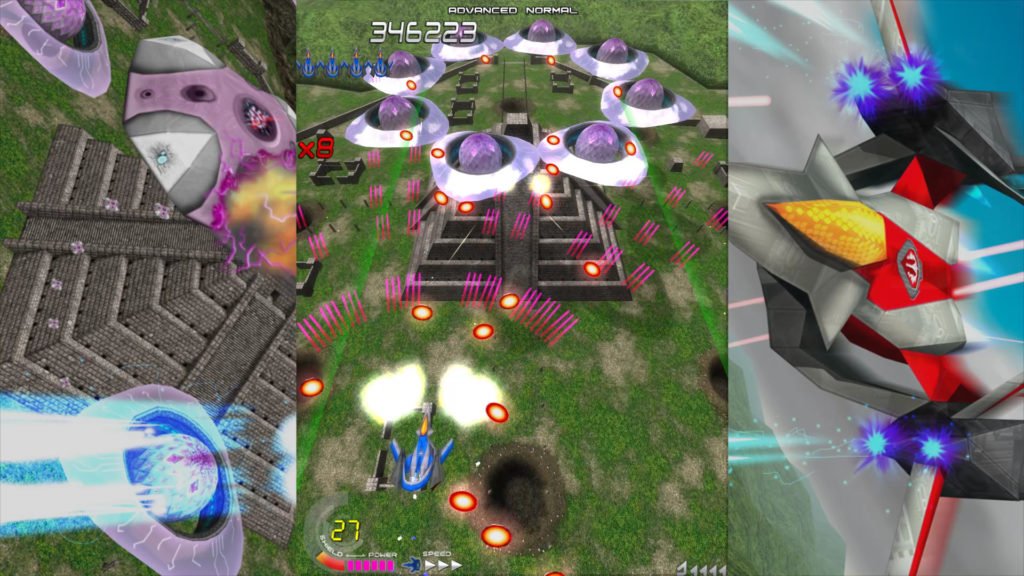
If you’ve read our recent review of Natsuki Chronicles on PlayStation 4, you’ll know that Qute are some of the unsung masters of the shoot ’em up genre. Despite only having a few titles under their belt, their work is consistently excellent — and Eschatos for Xbox 360 is the first that was a little more widely available and accessible, after two Wonderswan Color titles.
Eschatos is a vertically scrolling shoot ’em up with a flair for the dramatic. Featuring deliberately simple and stylised 3D graphics that move at a consistently slick 60fps, a soundtrack straight out of the Sega Saturn era and a wide variety of genuinely thrilling setpieces to enjoy over the course of the game as a whole, Eschatos should be part of every shmup fan’s library.
Eschatos is also noteworthy as being one of quite a few shoot ’em up titles on the platform that was only officially released in Japan, but which had a region-free disc. This means you can import a Japanese copy and play it on a European 360 without having to faff around with any software or hardware modifications — it just works.
You can also just buy it on Steam, of course, but if you get the 360 version in its “Wonder Pack” incarnation, it also comes with its spiritual predecessors Judgement Silversword and Cardinal Sins, and its successor Ginga Force, making it an excellent value package if you can find it for a reasonable price. Sadly, that may be easier said than done.
Ridge Racer 6
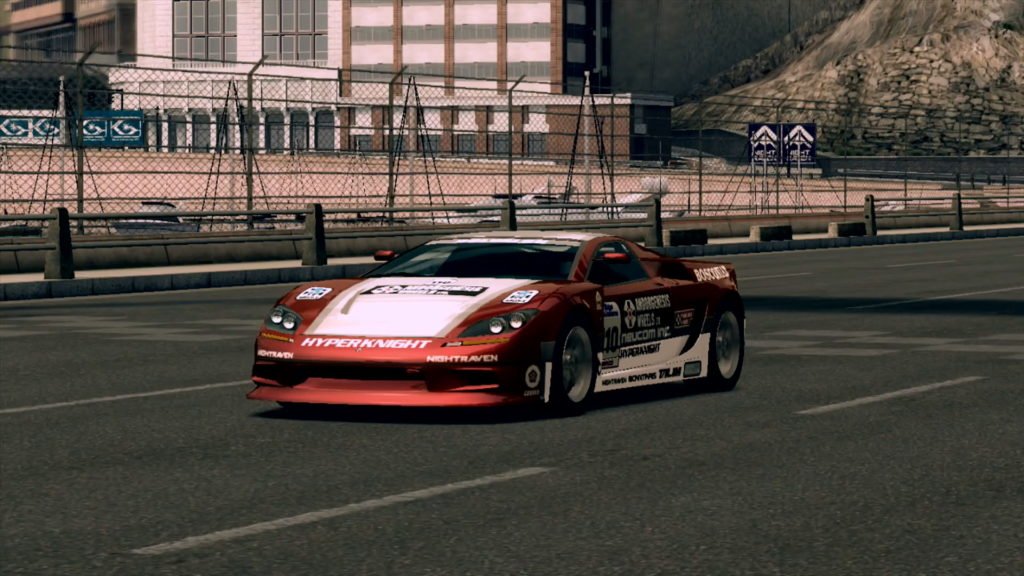
Ridge Racer is historically associated with Sony platforms for good reason — it launched three generations of them, after all — but a lot of people forget it also had an official mainline installment as an Xbox 360 launch title.
In fact, a lot of people forget Ridge Racer 6 exists at all, which is a great shame as it’s a top-notch arcade racer that moves at a fair old lick and provides exactly the sort of thrills and spills we don’t get that much from today’s driving games.
At least part of its obscurity is down to the fact that the games industry had already been moving towards favourite “sim-style” racers for quite some time after the popularity of Gran Turismo on the PS1, and arcade-style racers had fallen distinctly out of fashion by the time the 360 rolled around. That’s not to say that none existed — there are some great ones on PS2, original Xbox and Gamecube — but by the time we reached the seventh generation, Gran Turismo and Forza Motorsport were the biggest hitters in the driving game space.
Unlike the earliest installments in the series, Ridge Racer 6 provides a significant, lengthy challenge for you to tackle, with a sprawling “Ridge Universe” full of interconnected races to conquer over the course of your time with the game. It also introduced new concepts to the series such as nitro boosts, and has some of the series’ most enjoyable tracks.
And thankfully the cacophonous licensed techno of Ridge Racer V was eschewed in favour of a return to original compositions by Namco’s sound team — including a number of contributions from series veteran Hiroshi Okubo, who was responsible for Ridge Racer Type-4’s legendary score.
Lost Odyssey
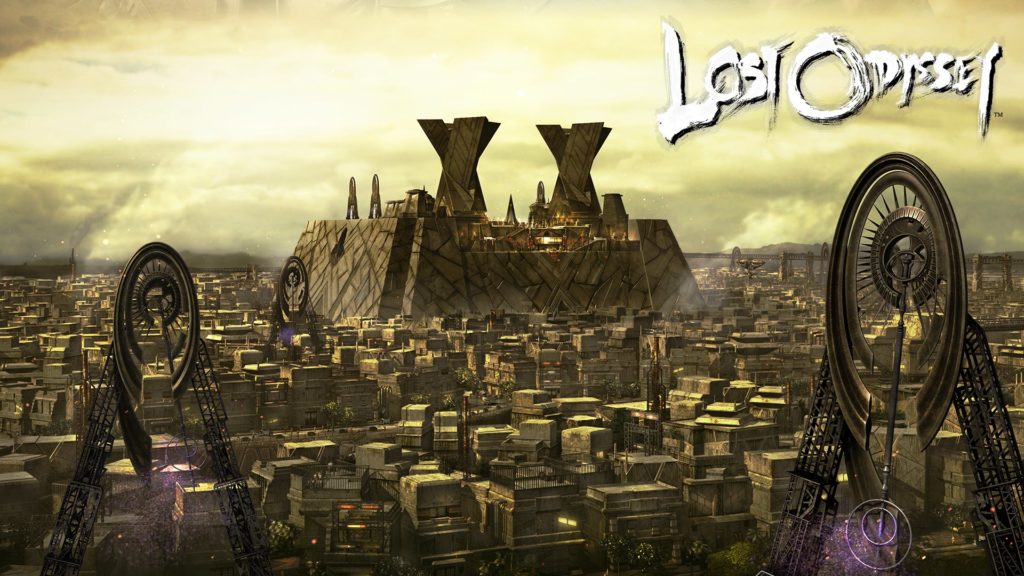
The Xbox 360 is often regarded as being a bit light on quality Japanese RPGs, but there are actually quite a few on the platform — with perhaps the most notable being Lost Odyssey.
Lost Odyssey was developed by Mistwalker, a studio set up in 2004 by Final Fantasy’s original creator Hironobu Sakaguchi, who had voluntarily stepped down from his post at Square prior to the company’s merger with Enix in 2003. Lost Odyssey was the second game to be developed by the company after 2006’s Blue Dragon — also an Xbox 360 RPG well worth your time — and, for many people, scratched an itch for classic-style Final Fantasy.
Interestingly, the approach to Japanese RPGs in the seventh generation of video game consoles diverged quite wildly between the Xbox 360 and its main rival the PlayStation 3. While the PlayStation 3 (and, subsequently, the Vita) went all-in on colourful, often comedic and sometimes ecchi moe-style RPGs from companies such as Compile Heart and Nippon Ichi Software, the RPGs on Xbox 360 often kept the somewhat more grounded style established by Final Fantasy VIII on PS1.
Lost Odyssey is a great example of this — and one of a few examples of companies like Mistwalker and Square attempting to create something that would appeal to both native Japanese and overseas audiences.
Quantum Theory
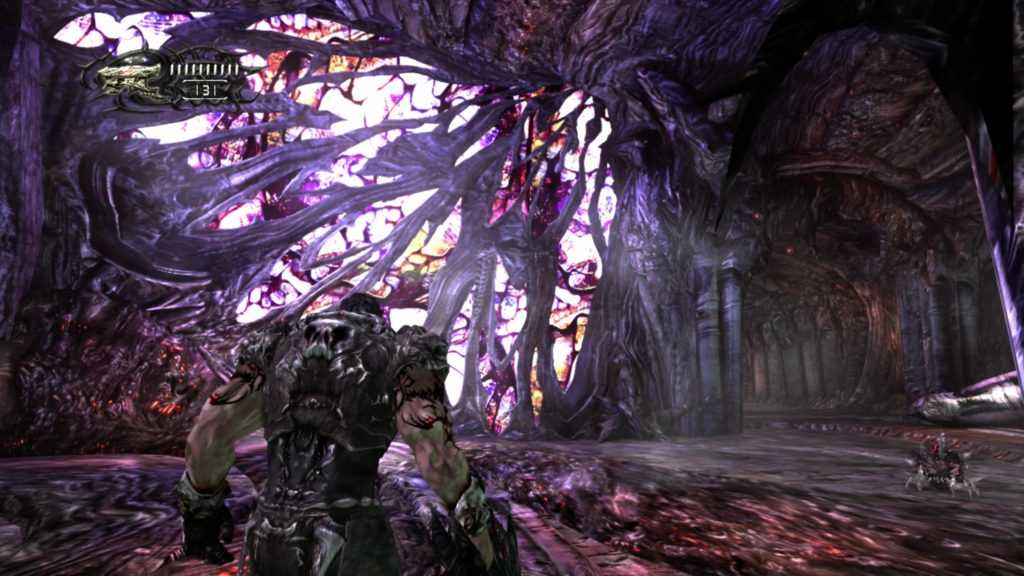
Quantum Theory is not a game you’ll see on many “best of” lists about Xbox 360, because a lot of people wrote it off on its original release as a lazy Gears of War clone. It’s easy to see why — the basic mechanics of the game are almost identical to Epic’s long-running series. But give Quantum Theory a chance and you’ll find something altogether different and distinct — with an interesting pedigree, too.
Developed by Makoto Shibata, the man behind the incredible Project Zero/Fatal Frame series of survival horror games, Quantum Theory is a third-person shooter in which your goal is to topple a mysterious, living tower. Playing the role of the muscle-bound Syd and occasionally accompanied by the rather sassy Filena, you’ll work your way through a series of distinct “encounters” as you make your way up the tower, battling the environment as much as your relentless foes.
Quantum Theory was noteworthy for having technology that allowed its maps to twist, distort and otherwise shift in the midst of battle, and numerous setpieces throughout the game — particularly in its latter hours — take full advantage of this for some spectacular showdowns. Plus despite its obvious “Gears-ness”, there are some interesting new mechanics in the mix, too — the ability to pick up and fling Filena to tactically advantageous locations (or just directly at an enemy’s throat) adds a fun twist to combat, for example.
Quantum Theory may feel like a bit of a slow burn at first, but once things get rolling properly, there’s a great third-person shooter experience to be had here. Don’t let the poor reviews from back in the day put you off — this is a genuinely interesting title well worth exploring. And cheap as chips these days, too.
Magna Carta 2
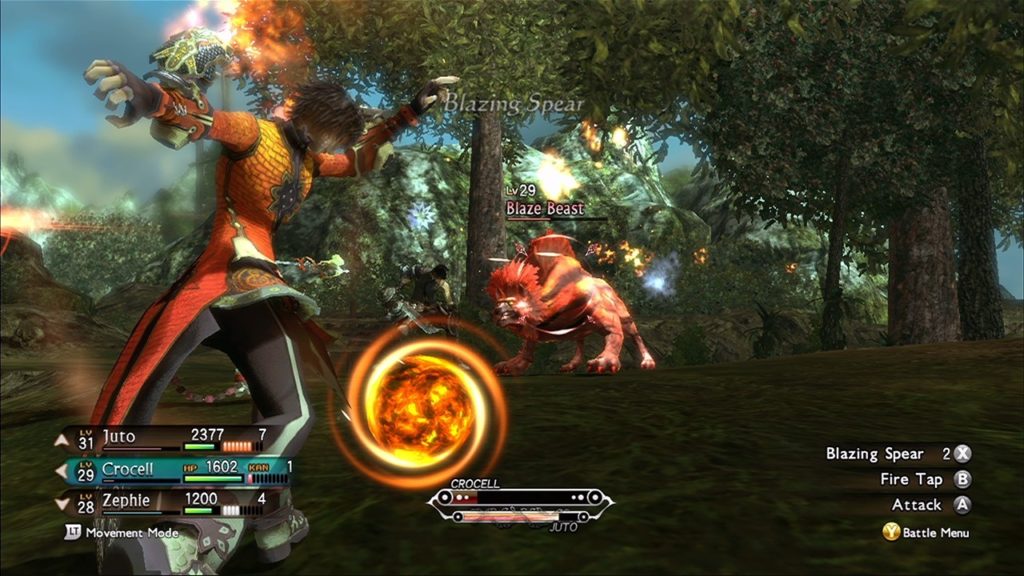
While this game was primarily developed by a South Korean team, it also featured input from Bandai Namco, so it totally belongs on this list. And it’s another example of an interesting, Xbox 360-exclusive RPG that not that many people have heard of.
The game is a follow-up to both Magna Carta: The Phantom of Avalanche for Windows PC (which was never released outside of Korea) and the PlayStation 2 title Magna Carta: Tears of Blood. Offering an interesting blend of real-time and turn-based action, the game features no transitions or loading screens between exploration and battle — still a relatively unusual sight in many Asian RPGs at the time.
The story concerns the civil war that has split the kingdom of Lanzheim in twain. The Southern forces seek to find a means of countering the Northern forces’ living weapons known as Sentinels, and the game’s hero Juto encounters the Southern forces’ leader Princess Rzephilda “Zephie” Berlinette on one of their expeditions. As these things tend to go, Juto finds himself embroiled in all the shenanigans that are going on as his adoptive sister Melissa ends up in the wrong place at the wrong time — and things only escalate from there.
Again, Magna Carta 2 is not a title you’ll find on many “best of” lists for Xbox 360 — but it’s an interesting game that is unique to the platform, and can still be picked up reasonably affordably today. If you’re an RPG fan who enjoys wandering a little off the well-worn path now and again, it’s definitely a game worth checking out.
What are some of your favourite Japanese games on Xbox 360? Let us know in the comments below, or via the usual social channels!
Join The Discussion
Rice Digital Discord
Rice Digital Twitter
Rice Digital Facebook
Or write us a letter for the Rice Digital Friday Letters Page by clicking here!
Disclosure: Some links in this article may be affiliate links, which means we may earn a small commission if you make a purchase after clicking on them. This is at no additional cost to you and helps support Rice Digital!
- Letter from the Editor: passing the torch - June 30, 2023
- Super Woden GP 2 is looking promising - June 30, 2023
- Inti Creates is making a 32 bit-style Love Live action platformer - June 26, 2023




